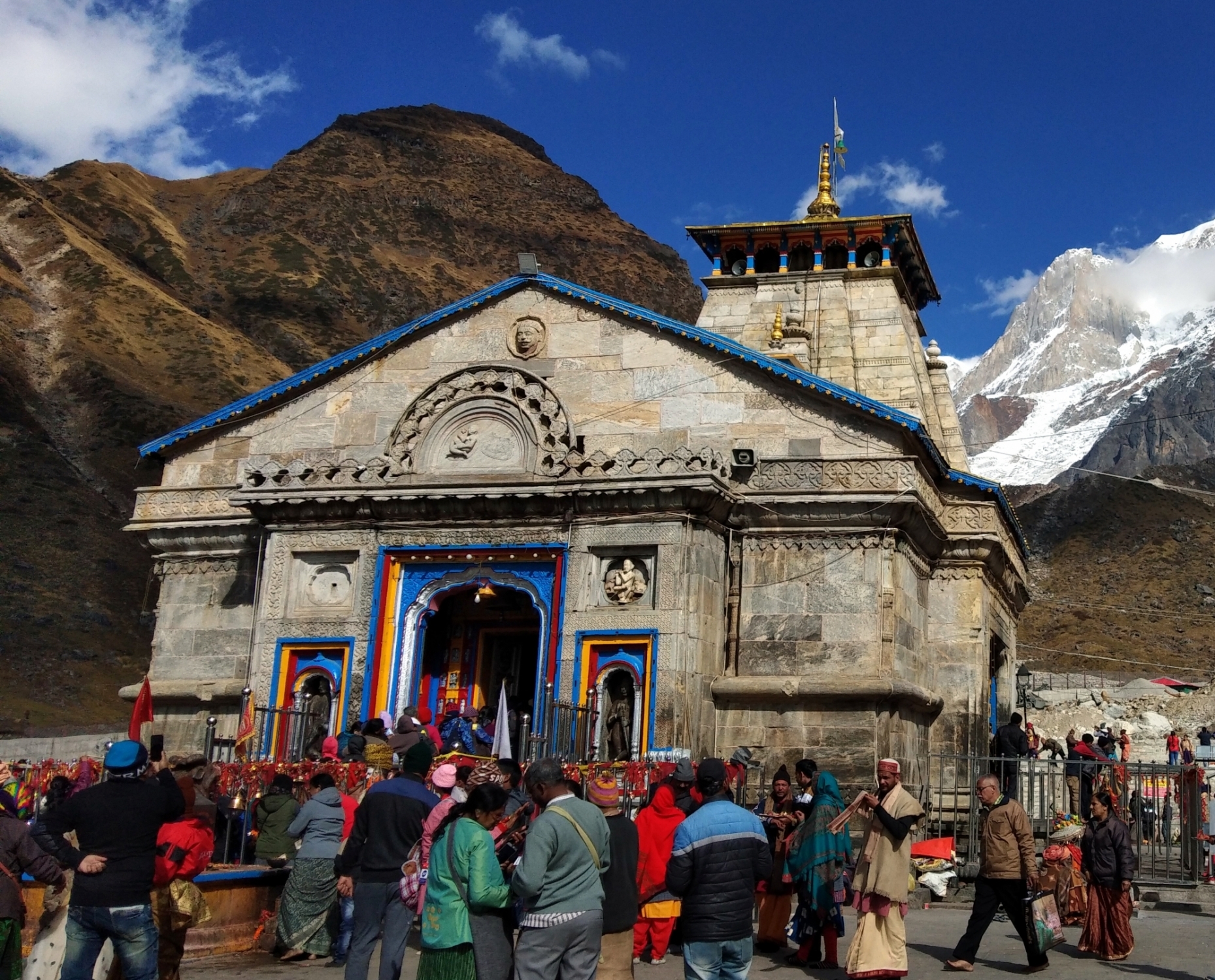10 years of Kedarnath tragedy: A retrospection
In June 2013 a devastating flood in Kedarnath in Uttarakhand had claimed about 6000 lives and damaged properties amounting to crores. The main day of the flood was 16 June 2013
New Delhi: Ten years have passed after the disastrous Kedarnath tragedy. The floods at Kedarnath in the year 2013 had devastated the area claiming huge number of deaths and damaging property worth crores. However, after 10 years it is now being discussed, whether the area is still fragile? Within this 10 years have necessary steps been taken to check or fight such tragedy in future? It is to be noted that in June 2013 a devastating flood in Kedarnath area in Uttarakhand had claimed as many as 6000 lives and damaging properties amounting to crores. The main day of the flood was 16 June 2013.
Reportedly, the subsequent years following this tragedy was also not very much favourable in this region. A series of flash floods and landslides have occurred in this region for which the residents of this mountainous terrain have faced much difficulties.
Experts have come up with the most probable reasons why such disasters have frequented this area. The first reason attributed to the cause is the large-scale construction. Even, reportedly constructions have been take up in environmentally fragile regions of the state. Besides, huge unregulated tourism in the state has also contributing to this reason. Again, limited amount of disaster management in Uttarakhand might be another reason in this nexus, say reports.
Scientific reason behind Kedarnath floods 2013
As per a study taken up by the Utah State University northern India has experienced increasingly large rainfall in June since the late 1980s.
It is most probably due to rainfall which seems to be associated with a tendency in the upper troposphere towards amplified short waves, leading to loading of green-house gases and aerosols. Besides, a regional modeling diagnosis attributed 60–90 % of rainfall amounts in the June 2013 event to post-1980 climate trends.
It is to be noted that following the land cracking and sinking issues in Joshimath, a plea was filed in the Supreme Court raising the failure of Centre and state governments in assessing the “carrying capacity or bearing capacity” of the ecological fragile Indian Himalayan region.
The plea claimed this region, which is spread across 13 states/Union Territories (UTs), is facing issues of unsustainable and hydrologically disastrous constructions – home stays, hotels, and commercial accommodations — hydropower projects and unregulated tourism, which has allegedly collapsed the drainage and waste management system.
The plea filed by Ashok Kumar Raghav, which was argued by advocate Akash Vashishtha before a bench headed by the then Chief Justice of India D.Y. Chandrachud, said the governments — in the Indian Himalayan Region, spread across 13 states/UTs –have failed in preparing and implementing the master plans/tourism plans/lay-out/area development/zonal plans, and also failed to the “carrying capacity or bearing capacity of ecologically fragile areas,” which is home to nearly 50 million people.
The region includes: Uttarakhand, Himachal Pradesh, Jammu & Kashmir, Ladakh, West Bengal, Assam, Meghalaya, Manipur, Mizoram, Sikkim, Nagaland, Tripura and Arunachal Pradesh.
It further added that due to non-existent carrying/bearing capacity studies, grave geological hazards in the form of landslides, land subsidence, land cracking and sinking issues such as that in Joshimath and previously as flash floods/glacial bursts in Kedarnath (2013) and Chamoli (2021), are being witnessed and serious ecological and environmental depredation is taking place in the hills.
In June 2013, a mid-day cloudburst centered on the North Indian state of Uttarakhand caused devastating floods and landslides, becoming the country’s worst natural disaster since the 2004 tsunami. The rainfall received that month was far greater than the rainfall the state usually received. Debris blocked the rivers, causing major overflow. The main day of the flood was 16 June 2013.
Also read: Woman Lost In Kedarnath, Finds Family Members Through Google Translate




 Ms Kalinga
Ms Kalinga